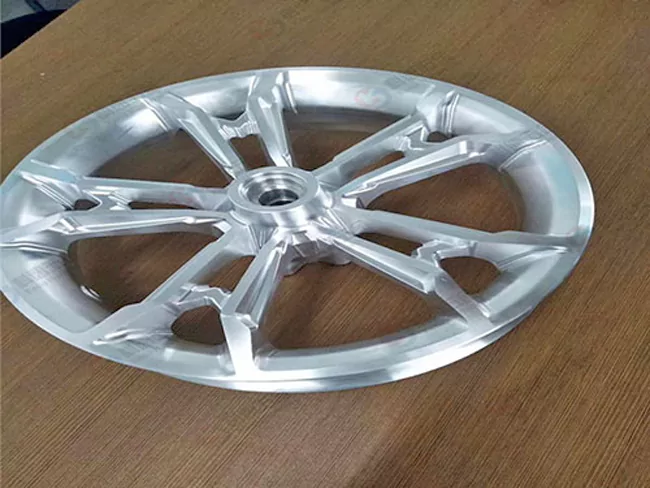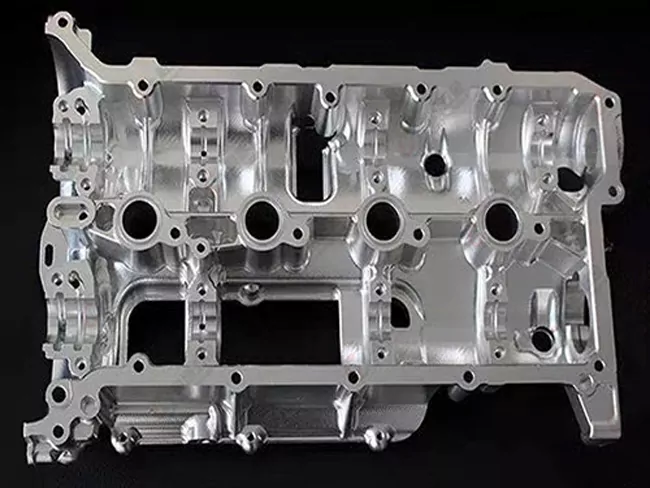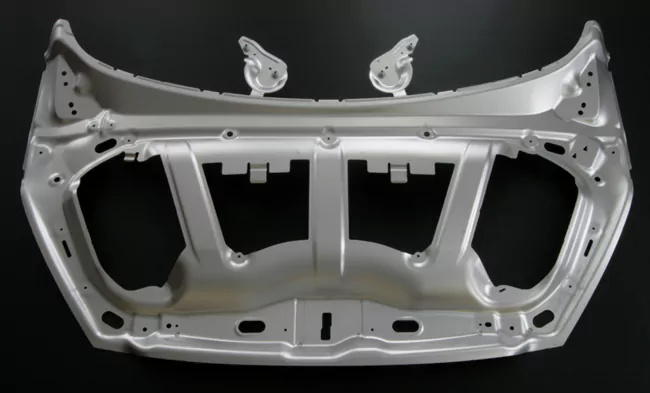Table of Contents
In modern life, the car is not only industry, agriculture, or one of the most important means of transportation in all walks of life, but also one of the most important activities in the daily life of mankind. Automobiles in the process of use, often work in extremely harsh environments, load capacity, high speed, vibration, and dust, and are often subjected to sunlight and rain, the working temperature difference is very large, and the car shell, shell surface protection, put forward more stringent requirements.
Automotive sheet metal for the basic requirements of metal materials
1. Good mechanical properties
Because cars often work at high speeds, carry large loads, and experience frequent vibration, automotive sheet metal parts must have sufficient strength, suitable hardness, good toughness, and good fatigue resistance to ensure the normal operation of the car and prevent deformation and damage to meet transportation needs.
2. Good chemical stability
Most automobile covering parts work in the open environment, often in contact with water and steam, especially mufflers, often at higher temperatures and corrosive gases. This requires sheet metal parts to have good chemical stability, corrosion resistance at room temperature, rust resistance, and high temperatures or sun exposure is not corrosive, and not deformed.

3. Good process performance
In automobile manufacturing and repair, the shape of many sheet metal structural parts is very complex, to avoid the difficulty of sheet metal processing, it is required that sheet metal materials must have good process performance, namely:
(1) Sheet metal materials must have good pressure processing performance to ensure the smooth forming of sheet metal workpieces, i.e. good plasticity. With the ability to produce permanent deformation under the action of external forces without being destroyed. For cold work, there should be good cold plasticity, such as stamping of automotive parts; for hot work, there should be good thermoplasticity, such as hot forging spring steel plates, hot rivets, and so on.
(2) Good weldability. Automotive sheet metal parts are many of the use of spot welding, oxyfuel welding, arc welding, gas-shielded welding, and other methods of welding together, so the sheet metal parts are required to have good welding performance. This is particularly important in automotive repair and maintenance. Good weldability of the material welding strength, cracking tendency is small.

4, good dimensional accuracy and intrinsic quality
Sheet metal dimensional accuracy and intrinsic quality of sheet metal processing, especially on the molding parts have a great impact. Specific requirements are:
(1) high dimensional accuracy, uniform thickness, no deformation.
(2) Flat surface, high finish, no bubbles, shrinkage, scratches, cracks and other defects.
(3) No serious corrosion and oxidized skin attached.
(4) Uniform organization, crystal structure, and hardness without obvious differences.
5.Low price, economical and practical
For any parts of the car, in the case of meeting the working conditions, should consider the economic conditions. Don’t use ferrous metal if you can use ferrous metal; don’t use ferrous metal if you can use precious metal. The life of automobile sheet metal parts should be compatible with the life of other automobile parts.
Benefits of sheet metal manufacturing to the automotive industry
1. Lightweighting improves fuel efficiency
Sheet metal fabrication enables the use of lightweight materials, such as aluminum alloys and high-strength steel, which can significantly reduce the dead weight of a vehicle. Reducing body weight directly improves fuel efficiency, as lighter vehicles require less energy to accelerate or maintain driving speed. This not only helps automakers meet stringent environmental standards but also reduces operating costs for consumers and improves the competitiveness of vehicles in the marketplace.
2. Enhancing the durability and life of components
Sheet metal fabrication usually involves the use of high-strength materials, and can provide parts with excellent durability and impact resistance through a precise molding process. These components are often able to withstand external collisions, corrosion, and wear and tear, extending the life of the vehicle and reducing the frequency of repairs and replacements, thus lowering the total cost of vehicle ownership.
3. Design Flexibility and Customization
Sheet metal fabrication offers great design flexibility, with the ability to produce complex geometries and fine design details. This makes it easier for automakers to achieve customized designs, whether it is for the exterior of the body, the interior, or functional components. For high-end models or special-purpose vehicles, sheet metal fabrication technology can provide customized solutions to meet the needs of different markets and consumers.
4. Cost-effective production
Sheet metal fabrication is a relatively cost-effective production method, especially suitable for mass production. By using molds and automated equipment in the sheet metal forming process, mass production can be achieved and unit costs can be reduced. Especially in the manufacture of high-volume components such as body shells and chassis, the sheet metal process can reduce labor costs and improve production efficiency. In addition, the sheet metal process has a high material utilization rate, which reduces waste and further lowers production costs.

5. Improved safety
Sheet metal manufacturing technology can produce parts with high strength and impact resistance to enhance the safety of vehicles. Through the reasonable design of the body structure, sheet metal parts can effectively absorb the collision energy and reduce the damage to the vehicle occupants during the collision. The sheet metal process can provide the car with stronger pressure and impact resistance, especially in the event of a collision, and can provide better safety protection.
6. Excellent process precision and quality control
The sheet metal process uses techniques such as CNC machine tools and laser cutting to achieve very high processing precision, ensuring that the size and shape of each part meet strict design requirements. This high-precision process ensures that each part of the vehicle can be precisely matched, reducing errors during assembly and improving the assembly quality of the entire vehicle.
7. Rapid Response and Flexible Manufacturing
Sheet metal manufacturing allows for shorter production cycles, which enables automakers to respond quickly to market demand. Whether it is in the introduction of a new model or the updating of some specific features or components, the flexibility of the sheet metal process allows automakers to quickly adapt to changes and provide products that meet consumer needs.
Conclusion
With the continuous advancement of technology, sheet metal fabrication has become an indispensable and important technical tool in the automotive industry. It not only improves the fuel efficiency, durability, and safety of automobiles but also greatly enhances the flexibility of design and the economy of production. From lightweight design to high-precision machining, the advantages of sheet metal technology provide automakers with higher productivity, lower costs, and a better product experience.
In the future, as consumers’ demands for automotive performance, safety, and environmental protection continue to rise, the innovation and application of sheet metal manufacturing technology will surely bring more breakthroughs to the development of the automotive industry. Through a more refined and intelligent sheet metal process, the automotive industry will be able to better meet the market demand and drive the industry toward a greener, more efficient, and safer direction. Therefore, sheet metal manufacturing is not only an important cornerstone for the modernization of the automotive industry but also a key force in promoting the future progress of automotive technology.

